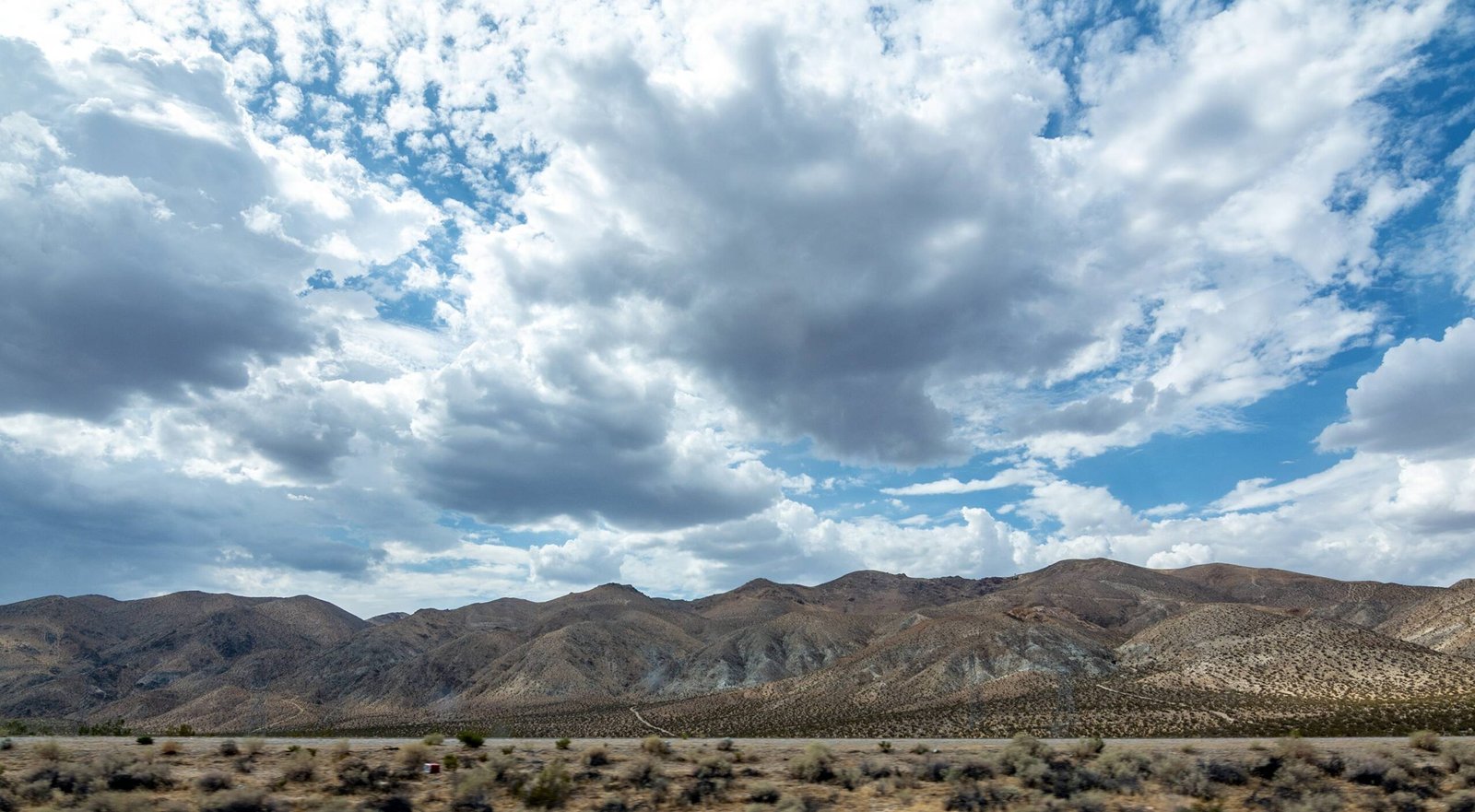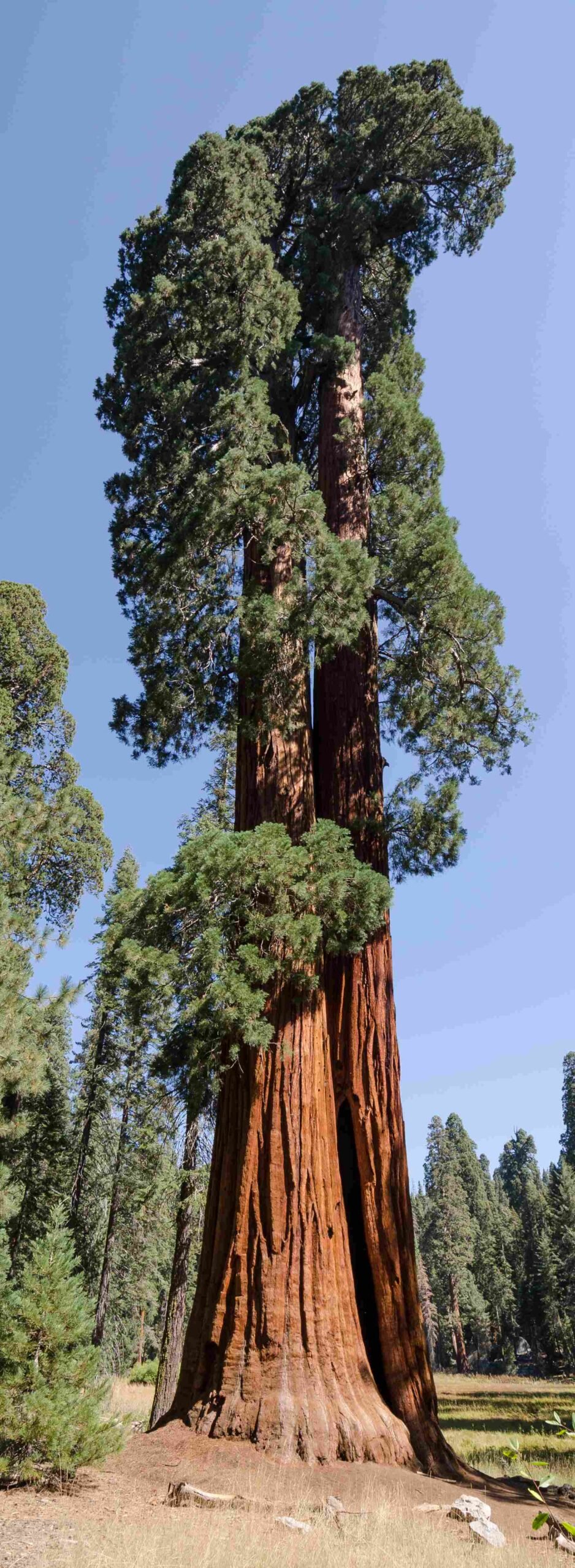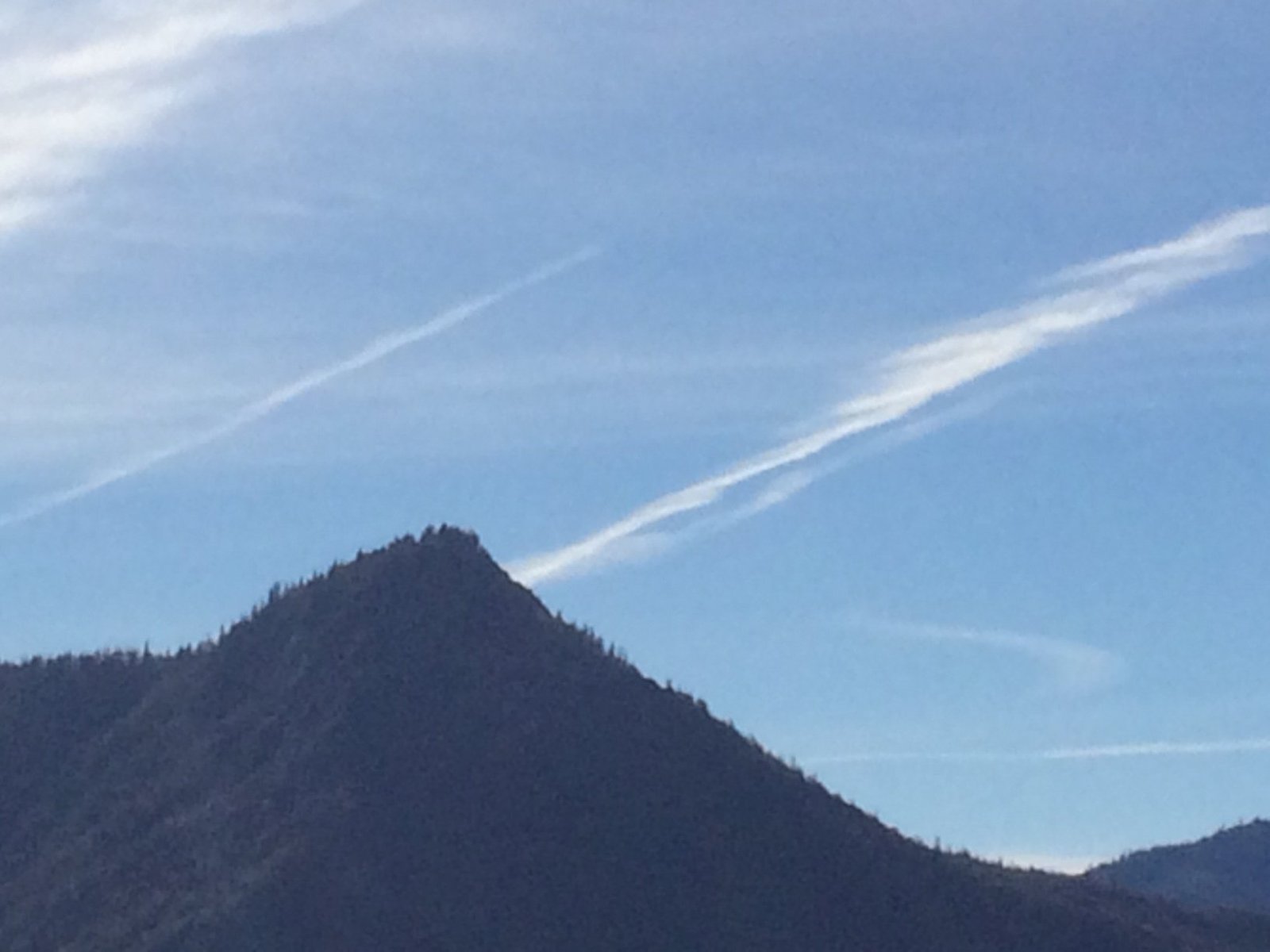Sequoia National Park is home to a diverse array of water bodies, including pristine lakes, rushing rivers, and serene streams. These aquatic ecosystems play a crucial role in the park’s biodiversity and offer visitors unique recreational opportunities. From high-altitude alpine lakes to the powerful Kaweah River, the park’s water features are as varied as they are beautiful. This guide explores the various bodies of water in Sequoia National Park, their characteristics, and the activities they support.
What Types of Water Bodies Can Be Found in Sequoia National Park?

Sequoia National Park boasts an impressive variety of water bodies, each contributing to the park’s unique ecosystem and visitor experience. Here’s an overview of the main types:
-
Lakes: The park contains nearly 3,200 lakes and ponds, mostly situated at elevations above 8,000 feet. These high-altitude lakes are typically small, with low nutrient levels and exceptional water quality.
-
Rivers: Three major rivers originate in the park – the Kaweah, Kings, and Kern. These rivers play a vital role in transporting snowmelt and providing water for various uses both within and outside the park boundaries.
-
Streams: Numerous streams crisscross the park, feeding into larger rivers and supporting diverse aquatic ecosystems.
-
Waterfalls: While not as numerous as in neighboring Yosemite, Sequoia National Park features several impressive waterfalls, particularly along the Kaweah River and its tributaries.
What Are Some Notable Lakes in Sequoia National Park?

While Sequoia National Park is home to thousands of lakes, some stand out for their beauty, accessibility, or ecological importance. Here are a few notable examples:
- Crescent Lake: A high-elevation lake known for its scenic beauty.
- Heather Lake: Popular among hikers, this lake offers stunning views of the surrounding peaks.
- Emerald Lake: True to its name, this lake is known for its vibrant green hues.
- Alta Peak Lake: A challenging hike rewards visitors with panoramic views and a serene alpine lake.
It’s worth noting that Hume Lake, while often associated with Sequoia, is actually located in the adjacent Sequoia National Forest.
How Does the Kaweah River Shape Sequoia National Park?
The Kaweah River is one of the most significant water bodies in Sequoia National Park. Here’s why it’s so important:
- Ecosystem Support: The river and its tributaries provide crucial habitat for numerous plant and animal species.
- Scenic Beauty: The Middle Fork of the Kaweah River, in particular, offers breathtaking views and popular swimming holes.
- Recreation: The river supports activities like fishing, swimming, and wildlife observation.
- Water Supply: Outside the park, the Kaweah River is an important source of water for surrounding communities and agriculture.
What Recreational Activities Are Available on Sequoia’s Water Bodies?
Sequoia National Park’s diverse water bodies offer a range of recreational opportunities:
- Fishing: Many lakes and streams in the park support fish populations, with rainbow trout being a common catch.
- Swimming: The Kaweah River, particularly the Middle Fork, offers popular swimming spots during warmer months.
- Kayaking and Canoeing: While not as common as in some other national parks, kayaking and canoeing are possible on some of the larger lakes and calmer sections of rivers.
- Wildlife Viewing: The park’s water bodies attract diverse wildlife, offering excellent opportunities for nature observation and photography.
What Are the Fishing Regulations in Sequoia National Park?
If you’re planning to fish in Sequoia National Park, it’s important to be aware of the regulations:
- Licenses: A valid California fishing license is required for all anglers 16 years and older.
- Catch Limits: Specific catch limits may apply depending on the species and location.
- Seasonal Restrictions: Some areas may have seasonal fishing closures to protect spawning fish.
- Bait Restrictions: In many areas, only artificial lures with barbless hooks are allowed.
Always check the most current regulations before fishing, as they can change from year to year.
What Amenities Are Available Near Water Bodies in Sequoia National Park?
Visitors to Sequoia National Park’s water bodies can expect various amenities, depending on the location:
- Parking: Many popular water access points have designated parking areas.
- Restrooms: Facilities are available at major trailheads and developed areas near water bodies.
- Picnic Areas: Several locations, particularly along the Kaweah River, offer picnic spots.
- Visitor Centers: The Foothills Visitor Center provides information about the park’s water resources.
- Guided Tours: Rangers often lead educational programs about the park’s aquatic ecosystems.
How Does Climate Change Affect Sequoia’s Water Bodies?
Climate change is having a significant impact on Sequoia National Park’s water bodies:
- Reduced Snowpack: Warmer temperatures are leading to less snow accumulation, affecting the timing and volume of spring runoff.
- Earlier Spring Melt: Snow is melting earlier in the year, altering the seasonal flow patterns of rivers and streams.
- Lake Temperature Changes: Warming temperatures are affecting the thermal structure of lakes, potentially impacting aquatic ecosystems.
- Drought Impacts: Increased frequency and severity of droughts are stressing aquatic habitats and species.
Park managers are closely monitoring these changes and implementing strategies to protect the park’s water resources.
What Conservation Efforts Protect Sequoia’s Water Bodies?
Sequoia National Park employs various strategies to protect its water resources:
- Water Quality Monitoring: Regular testing ensures the health of aquatic ecosystems.
- Habitat Restoration: Projects aim to restore damaged riparian areas and improve fish habitat.
- Invasive Species Management: Efforts are made to control non-native aquatic species that can harm native ecosystems.
- Visitor Education: Programs inform visitors about the importance of water conservation and protecting aquatic habitats.
By understanding and appreciating the diverse water bodies of Sequoia National Park, visitors can help preserve these precious resources for future generations.

